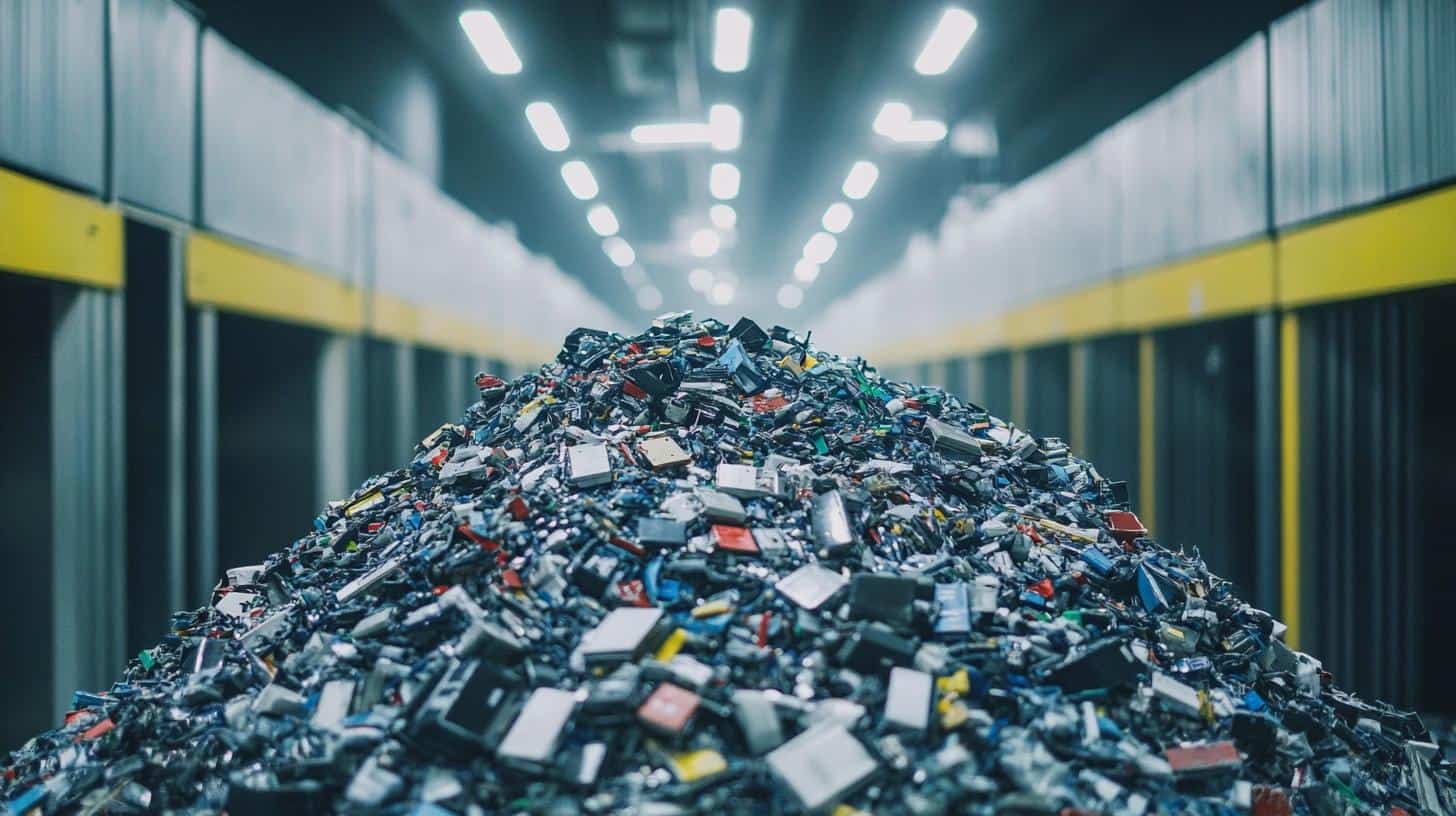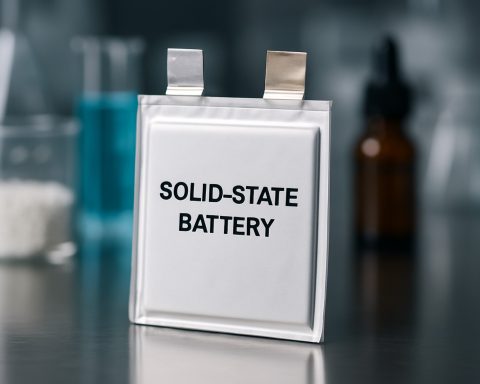As the global shift towards electric vehicles (EVs) intensifies, the mounting issue of battery waste demands urgent attention. Industry experts warn that by 2035, approximately 150 million batteries will have reached their end of life, propelling the urgent need for scalable recycling solutions.
Traditional Recycling Challenges
While recycling technologies for batteries are not novel, current methods like pyrometallurgy and hydrometallurgy pose significant environmental and scalability concerns. These processes often require high energy input and result in low material recovery rates, alongside emitting harmful gases.
https://youtube.com/watch?v=jjk1h__3G_U
Innovative Solutions at Princeton
A groundbreaking approach developed by Princeton NuEnergy, originating from Princeton University research, promises a game-changing solution. The company's novel low-temperature plasma-assisted separation (LPAS) technology enhances the efficiency and environmental footprint of battery recycling. Unlike traditional methods, LPAS optimizes energy use by creating a high-reactivity environment at reduced temperatures, using innovative plasma technology to clean and activate battery materials.
Economic and Environmental Impact
The benefits of this technology are compelling. LPAS reportedly achieves a 95% recovery rate while significantly cutting energy consumption and carbon emissions by over 65% compared to conventional practices. Such advancements not only enhance the financial appeal by reducing production costs but also align with global sustainability goals.
Future Prospects
This cutting-edge technology holds promise across varying battery chemistries, including those containing nickel, cobalt, and manganese. Pioneers in the industry urge the adoption of such advanced methods, emphasizing their potential both in economic returns and in minimizing hazardous waste disposal challenges. As the world continues to embrace electric mobility, innovations like LPAS are crucial in paving the way for a sustainable future.
Is the Future of Green Energy Under Threat? The Untold Story of EV Battery Recycling
As the world shifts gears towards embracing electric vehicles (EVs), a hidden issue looms beneath the hood: the environmental impact of spent EV batteries. The narrative so far has centered around battery recycling challenges and innovative breakthroughs like the LPAS technology from Princeton NuEnergy. Yet, there's more than meets the eye, impacting society on regional, national, and global scales.
How Communities are Impacted by Battery Waste
Regions that serve as the primary sites for battery disposal and recycling bear the brunt of environmental and health issues. Local populations face exposure to potentially toxic materials such as nickel, cobalt, and manganese, which, if improperly managed, could lead to water and soil contamination. On the flip side, areas that adopt advanced recycling practices can transform into sustainability hubs, creating job opportunities and fostering economic growth through green technologies.
Fascinating, Unspoken Facts
– Resource Depletion vs. Recycling Potential: It's estimated that by 2035, each EV battery could consist of nearly 30% recycled materials, theoretically creating a closed-loop system for critical resources.
– Recycling Job Market: As recycling becomes more sophisticated, it's projected that this sector could add over 1.2 million jobs globally within the next decade.
Controversies Surrounding Battery Recycling
While the LPAS technology offers promising solutions, the transition to new recycling methods faces challenges. Critics argue that the initial investments for emerging technologies are prohibitively high, posing economic and logistical hurdles. In some regions, regulatory frameworks lag behind, complicating the adoption of pioneering recycling techniques.
Advantages and Disadvantages at a Glance
– Advantages:
– Environmental Conservation: Advanced methods like LPAS can reduce emissions significantly.
– Economic Efficiency: Cost savings in material recovery and reduced energy consumption.
– Job Creation: New industries fuel employment opportunities.
– Disadvantages:
– High Initial Investment: Cutting-edge technology requires substantial capital outlay.
– Regulatory Hurdles: Changing laws and policies to accommodate new tech is often slow.
– Unequal Global Adoption: Not all regions can implement these solutions, giving rise to disparities.
Key Questions Answered
– Will advanced recycling make EVs more affordable? Yes, improving the recycling process can reduce the overall cost of battery production, potentially leading to cheaper EVs.
– Is every battery type recyclable with new technologies? While LPAS holds promise for various chemistries, continuous R&D is vital to extend it across all battery types.
For more on cutting-edge recycling technologies and sustainability efforts, visit Princeton University and NuEnergy.
In the grand narrative of the EV revolution, battery recycling stands at a crossroads. As we navigate these challenges, the path we take will irrevocably shape the environment, economies, and societies worldwide. Balancing green energy with responsible waste management is not just a technical issue; it's an urgent global imperative.
The article has been updated: 2024-11-08 19:24
Here are some suggested related links:
1. Natural Resources Defense Council – An environmental advocacy group focused on sustainable practices, including effective waste management and recycling solutions.
2. Environmental Protection Agency – The U.S. government agency dedicated to protecting human health and the environment, including guidelines and resources on waste management.
3. Battery Recycling – An organization dedicated to promoting the recycling of batteries to reduce waste and environmental impact.
4. U.S. Chemical Safety and Hazard Investigation Board – An independent federal agency that investigates chemical accidents and provides safety recommendations, including on battery disposal.
5. Waste Management – A major waste management company providing comprehensive waste and recycling services, focusing on sustainable practices.
6. GreenBiz – A media and events company that promotes sustainable business practices, including innovations in recycling and waste management.
7. Earth911 – A resource for information on recycling, waste management, and sustainable living practices.
The article has been updated: 2024-11-09 09:32
What innovative approaches are being implemented to improve battery waste management?
The new breakthrough in battery waste management involves the development of advanced recycling technologies that can efficiently recover valuable materials from spent batteries. Innovations such as hydrometallurgical and biomaterials processes are being utilized to extract lithium, cobalt, and nickel with minimal environmental impact. Additionally, there are efforts to create closed-loop systems that allow manufacturers to reclaim and reuse battery materials, significantly reducing waste and promoting sustainability in the battery supply chain.







